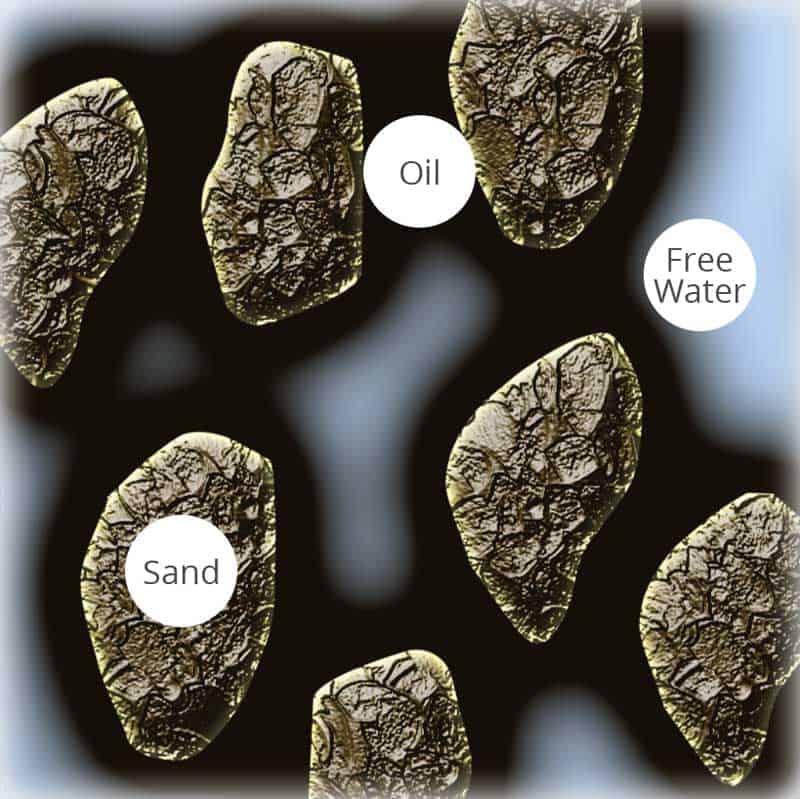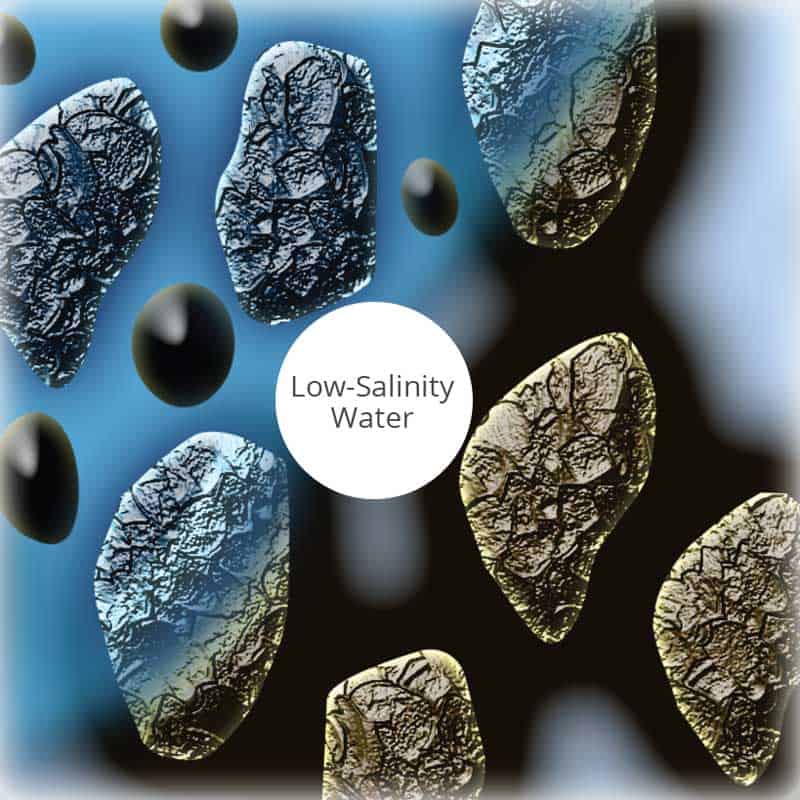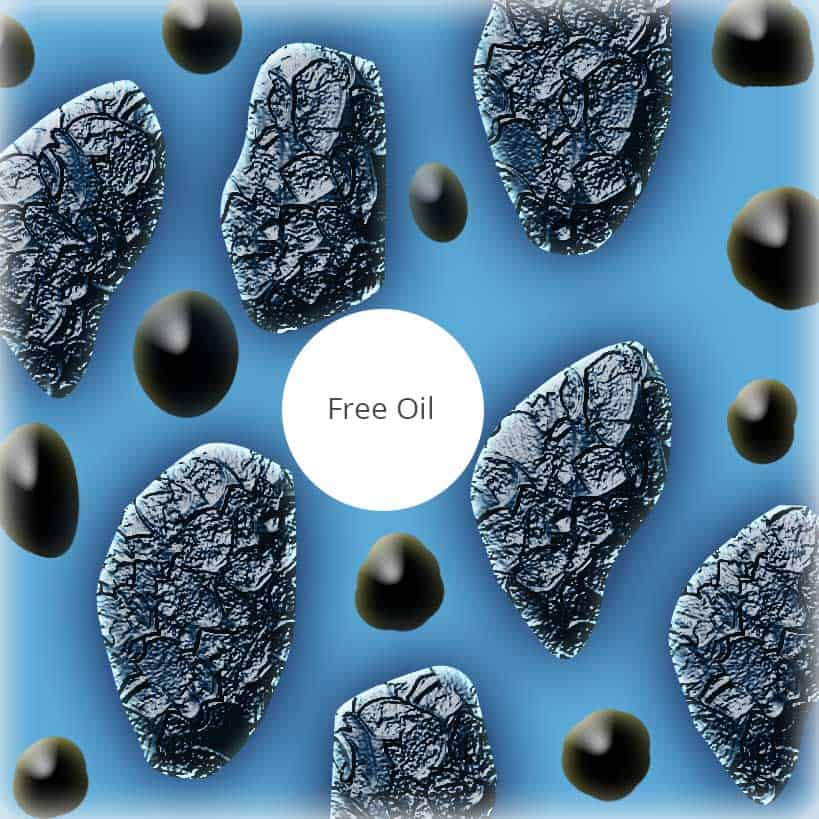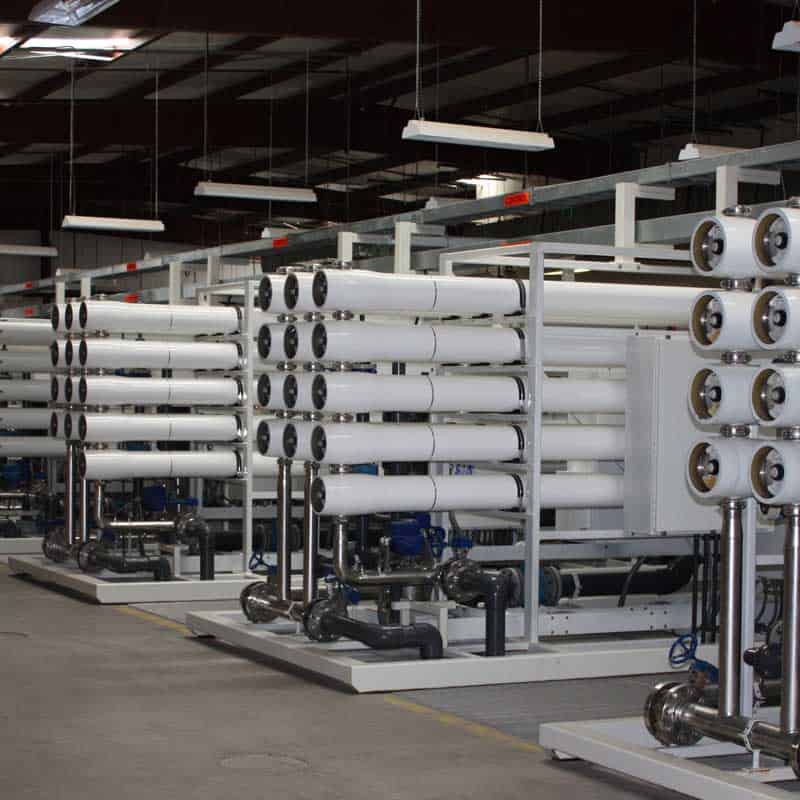how it works
Low Salinity Injection
Step 1
Polar molecules in oil are attracted to the negatively charged clay surface. Divalent cations (calcium, magnesium) act as bridges between negatively charged molecules in the oil and the negatively charged clay surface.


how it works
Low Salinity Injection
Step 2
The low salinity water breaks the oil-wet-bond, by replacing the divalent cations with monovalent cations, resulting in the release of oil from the rock surface.
how it works
Low Salinity Injection
Step 3
When low salinity water is injected, the ion exchange equilibrium changes and bound oil becomes mobile, resulting in increased oil recovery.


the results
Low Salinity Injection
Water Standard’s H2Ocean Spectrum® Low Salinity Packages increase oil recovery at lower costs than other EOR methods by changing the wettability characteristics of the reservoir rock. In addition, it eliminates scaling and souring caused by sulphates, optimizes the reservoir’s water wetness via desalination, and our patented control system maximizes uptime by on the fly transitions between EOR strategies over the life of the field.
Water Standard recommends compact membrane technologies for filtration, desalination and deaeration in order to compress overall footprint and weight demands and ensure high injectivity and low maintenance through the facility life.
Our compact design saves 5-20% space and weight; it can eliminate injector booster pumps, and with our optional MDA Torrnado™ technology, deaeration vacuum pumps can be eliminated.
The result is best in class performance.

Our patented H2Ocean Spectrum® control system offers the benefit of switching injection water quality over the life of the field to cater to varying EOR methods.

Low Salinity Injection Layout
